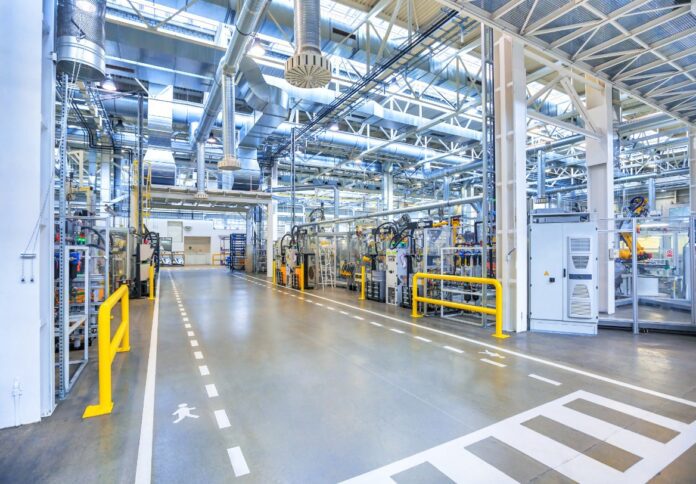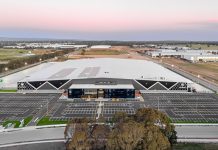
Australian small to medium-sized manufacturers recorded an average of more than $600,000 in revenue for only the second time in seven years, according to a new report from inventory management software provider, Unleashed.
The latest Unleashed Manufacturing Health Index revealed a strong performance across the sector, with 12 of the 13 manufacturing subsectors reporting revenue growth over the past financial year.
The standout performer was the Personal Care industry, which posted a 123% increase in sales, highlighted by a $250,000 result in the most recent quarter – its best in four years.
The index found that Australian manufacturers reported an average sales revenue of $640,000 in the first quarter of 2025.
This figure was second only to the previous year’s third quarter peak of $650,000, indicating a broadly positive trend despite global economic uncertainty.
Data from the Australian Bureau of Statistics supported the findings, showing a near 1 per cent rise in the Producer Price Index in the first quarter, which contributed to stronger sales revenues.
However, Unleashed Head of Product Jarrod Adam said the broader international context continues to influence sentiment.
“As much as it’s been a very positive start to the year from a sales perspective for Australian manufacturers, it’s also been hugely unsettling,” Adam said.
“Uncertainty is the enemy of good business, which is even more true of a goods maker who often looks at production on a 6-18 month timeline.”
Adam said that increased revenue was largely the result of manufacturers’ adaptability. “From our conversations with manufacturers, improving revenue has largely been a testament to Aussie resourcefulness, where businesses have taken the moment to seek out new products and markets,” he said, pointing to examples like brewers exporting to China, coffee roasters exploring canned offerings, and cosmetics brands entering the Korean market.
The Building and Construction sector was the only industry to report a decline in revenue, down 12.6 per cent year-on-year.
However, sentiment among industry players remains upbeat. Dmitry Kuzmik, Business Manager at ACT Australia, said the sector’s resilience is underpinned by long-term factors.
“In the past decade, construction and building has been experiencing a relatively stable growth with low volatility of the market,” Kuzmik said, citing continued immigration and infrastructure investment linked to the upcoming Olympic Games as stabilising factors.
Beverage manufacturers also had a strong year, with average revenue climbing 13 per cent to $2.39 million.
Food manufacturers saw steadier gains, with revenue increasing by $60,000 to $2.37 million. Connor Nestor, CEO at coffee innovation company New Ground, said new product development has become a key growth strategy.
“There’s been enough domestic demand for businesses to build new verticals and expand their product’s reach,” Nestor said. “This year alone, we’ve had way more interest in new product formats like cans or instant coffee.”
Despite the positive sales figures, Unleashed noted signs of caution in purchasing behaviour. The average number of purchase orders fell to 177 per manufacturer in Q1 2025, the lowest since the fourth quarter of 2020.
Meanwhile, manufacturers reduced their overstock, with average excess inventory dropping from $35,000 at the end of 2024 to $22,000 last quarter.
Food manufacturers led the destocking trend, reducing surplus stock by 83% to just $30,000 — levels not seen since 2020. Adam said the weaker Australian dollar, which increased import costs, likely played a role in this shift.
“The cheap Australian dollar in the first quarter certainly loomed large for local manufacturers, who often rely on US-dollar denominated imports to create their products,” he said. “It’s likely some makers would have looked to eat into their extra inventory to try and wait out the trade storms and currency volatility.”
In the clothing sector, Australian manufacturers appear to be benefiting from a modest resurgence in local production.
While quarterly revenue growth was 8 per cent, average revenue across the past financial year rose to $1.53 million from $1.09 million the previous year.
The Australian Fashion Council has flagged a renewed push for local clothing and textile manufacturing amid increasing global pressures.
“More than almost any other manufacturing subsector, clothing makers are facing huge downward pressure toward inexpensive offshore production,” Adam said.
“Though our data does skew toward B2B clothing makers, the data is clear that local production is starting to pay dividends.”


















